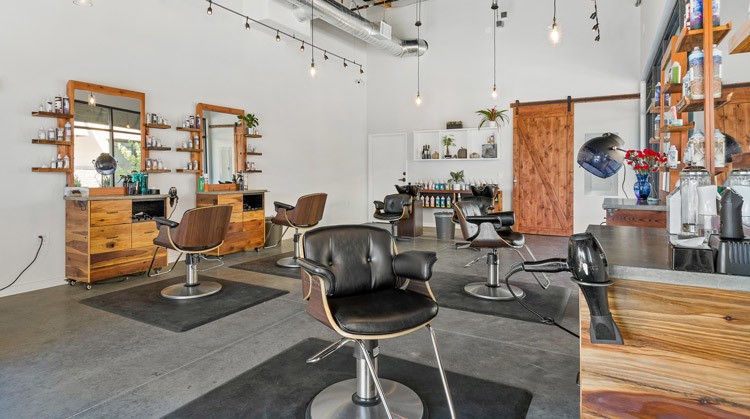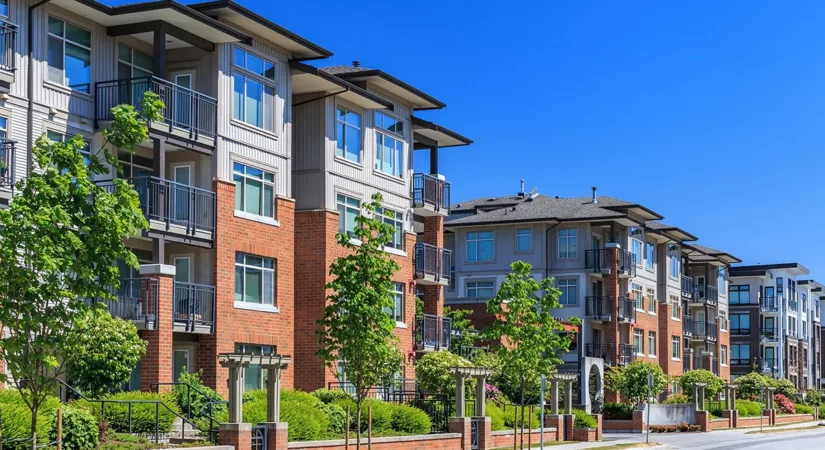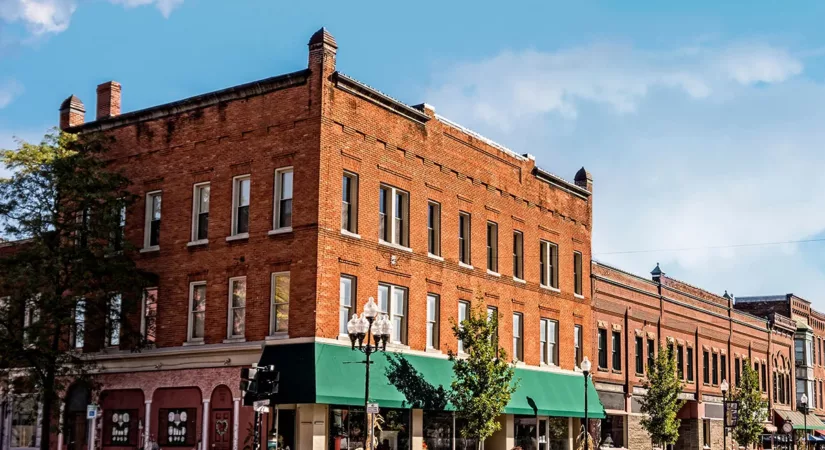Tenant Improvements: What Are They and What Are They Not?
If you own a commercial property you understand the importance of increasing a property’s value, as well as its potential profitability. Most commercial properties are going to require some changes before they are move-in ready. But instead of investing in updates with a negligible return, tenant improvements (TIs) can assure tenant loyalty and secure the long-term profitability of your commercial property.
What are tenant improvements?
Tenant improvements, also known as “leasehold improvements,” are any changes made to the interior of a commercial rental property to accommodate the needs of a specific tenant. These qualifying improvements can be completed prior to a new tenant moving in, or under a current lease.
The scope of these customizations can vary greatly but ultimately they ensure that a commercial space is designed to accurately meet the needs of the leaser.
Interior Structural Modifications
It’s not uncommon for potential tenants to find the perfect location for their business, but the interior layout was not originally designed for their industry or needs. For example, if a space was previously a retail boutique, it is going to need some modification to accommodate a new restaurant.
In this scenario, structural modification to the space that would qualify as tenant improvements would include obvious things like installing a commercial kitchen or building a cocktail bar.
Other common examples of structural modifications would include adding or removing any of the following:
- Interior windows
- Interior doors
- Built-in shelving
- Storage Rooms
- Cubicles
- Service counters
- Display cases
- Workstations
- Partitions
- Ceiling acoustic tiles
- Sound baffles
Plus, if a layout modification leaves the structure of the building intact, including the plumbing and electrical, these updates generally don’t require any additional building permits.
Flooring
Another common tenant improvement is replacing the flooring of the commercial rental space. If you own a commercial property, you understand the unique challenge of selecting the right type of flooring for a space. You are going to want a product that will hold up to the demands of an active business, as well as meet any specific requirements of your new tenant.
A new business may require non-slip tiling, low-maintenance vinyl flooring, or comfortable carpeting that can hold up well in high-traffic areas. Any change you make to the flooring to customize it per a lease agreement is a tenant improvement.
Electrical and Lighting
There are many reasons why a commercial space may require changes to the electrical system or the lighting. While these alterations will benefit the business, they can also help ensure the safety and security of your rental property.
Rewiring is an incredibly important tenant improvement that not only ensures your tenant has reliable electricity but also reduces the likelihood of electrical surges, overloading, and fires.
Other common electrical modifications that are considered tenant improvements include:
- Upgrading alarms or security systems
- Installing new electrical panels
- Replacing surge protectors
Removing, replacing, or adding specific lighting fixtures in a space for a tenant is also incredibly common. This can include installing overhead task lighting, adding ambiance lighting options, updating interior safety lights, or anything else the business may require.
Plumbing
Most changes made to the plumbing to modify a commercial space for your new renter is a tenant improvement. However, this does not include repairing outdated pipes or fixing any faulty plumbing issues that affect other renters.
Changes to the plumbing that do qualify as TIs include adding, removing, or replacing plumbing for things like industrial sinks, dishwashers, additional bathrooms, etc. in one specific rental space.
What is not a tenant improvement?
Not all modifications to a commercial space are considered tenant improvements, and understanding the difference is imperative for property owners, especially in terms of tax filing.
Exterior Renovations
Exterior modifications or renovations of any sort are not considered tenant improvements as they affect the entire building, not just that renter’s space.
Examples of common exterior modifications that are not Tenant Improvements include:
- Roofing or other structural repairs
- Parking lot improvements
- Landscaping
- Add-ons or anything that increases the building’s footprint
Non-Tenant Improvement Interior Renovations
Similarly, interior modifications that affect multiple tenants or the building’s structure would also not be considered a tenant improvement.
Examples of common interior renovations not considered Tenant Improvements include:
- Upgrading a building’s HVAC systems
- Adding an elevator or escalator
- Updates to safety or security systems in common areas
- Modifying, remodeling, or renovating any shared space in a building
DRF Builders is your local expert in commercial tenant improvement construction
One of the best ways to add value to a property is to make a space more appealing to tenants and their specific needs. At DRF Builders, our team understands that when it comes to construction on your commercial property, a prolonged process is something no business owner can afford.
Since 2009, our commercial contractors have been committed to providing our clients with the highest level of quality while delivering projects on time and within your budget. If you would like to learn more about our commercial tenant improvement services, contact us online today.




